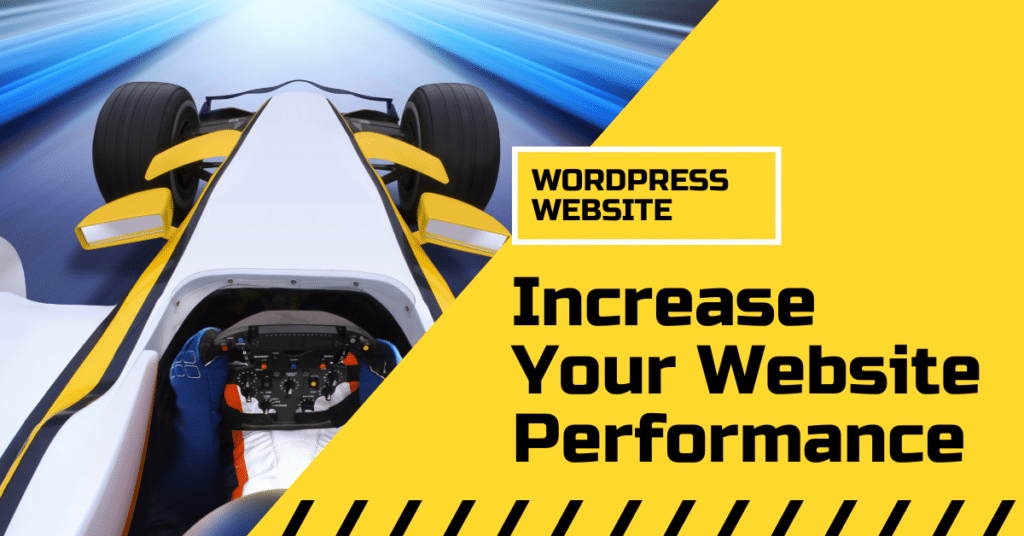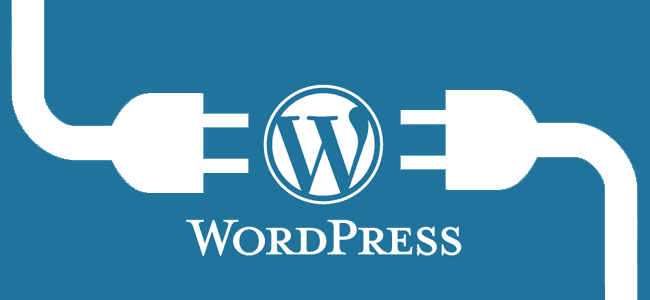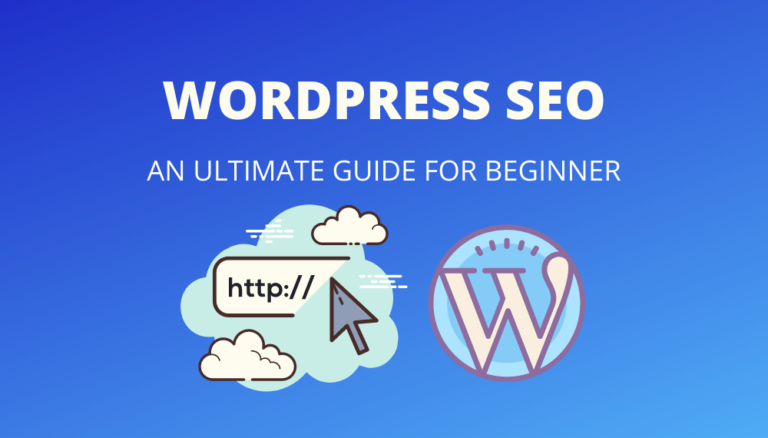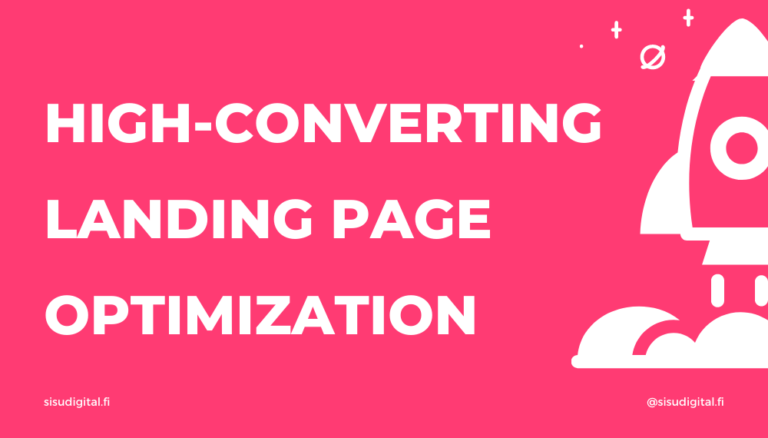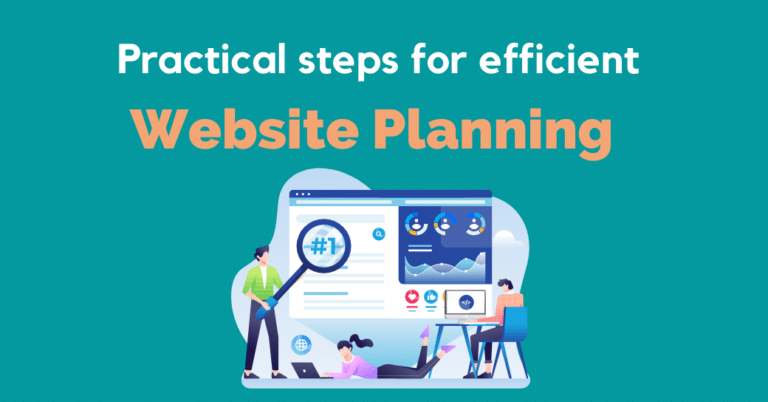What are the key factors that affect the speed of your website? Nail this and you’ll be able to speed up your WordPress site and increase website performance.
What happens when your WordPress website performance is slow? Consider these two figures:
First, Amazon – the e-commerce giant – estimates that a one-second delay in web page loading could cost $1.6 billion in lost revenues per year.
Second, Mozilla, the internet browser company, recorded a 60-million increase in browser downloads in a single year when they ensured their web page loaded 2.2 seconds faster. The bottom line is this: your website’s speed is critical.
How, then, can you enhance the speed and increase your WordPress website performance?
Why is your website’s speed critical?
Have you been concentrating on updating your website’s design and content to provide your visitors with a fantastic user experience? That’s great! But what happens if you’re your website is slow? All the designing and content that you carefully collate boils down to nothing if your visitors don’t get to see them on your slow website. But an awful user experience is just the beginning of your problems.
SEO ranking
A good SEO ranking is, directly and indirectly critical to every business. Here’s what a good SEO ranking can do for your business:
· Improve your customers’ experience
· Drive more people to your website.
· Give you an edge over your competitors
· Increase conversion rates
· More sales
· More business growth
You might not know your website’s speed is a factor that is considered an SEO ranking factor in both mobiles and desktops.
If there is a tie between two websites with equal ranking, Google considers each website’s speed as the deciding factor.
Conversion rates
Recent industry studies suggest that nearly 50% of all website users expect any website they used to load in under 2 seconds. If your website loads any slower, you could lose valuable traffic to your website.
According to the 2017 State of Online Retail Performance report by Akamai Technologies, a 100-millisecond website slowdown could hurt a business’s conversion rate by 7%.
Correspondingly, Deloitte reported that a 100-second improvement could lead to shoppers spending up to 10% more.
Bounce rates
A high bounce rate is not a good thing for your business – especially if you want your visitors to stick around and explore more pages on your website.
A high bounce rate could mean that your visitors find the information they require and then leave your website satisfied. But a high bounce rate could also mean that visitors are fed up with your website’s performance and leaving. According to a Pingdom study, a quick loading site’s bounce rate can jump from 9% to a whopping 35% if the loading time surpasses three seconds.
How to measure your website’s speed
Now that you know how a website’s speed can affect a business, do you know your website’s speed? A speed test tool can measure your website’s performance.
These tools are free and easy to use. To use most tools, here’s what you do:
Step 1: Go to a speed test tool website.
Step 2: Enter your website’s URL or the URL of the page you want to test.
Step 3. Click enter/start test/analyze and get access to various data types to assess your website performance.
Best speed test tools that you can use for free:
1. GTmetrix
2. Fast or Slow
3. Google PageSpeed Insights
4. WebPagetest
5. Pingdom
6. Google Mobile Speed Test
Your testing location will affect the page load time. Choose a test location that is closest to most your audience. You can also test different global locations to ensure your site loads fast everywhere.
Choose a testing speed that matches your users’. Also, test your website for mobile and desktops.
Reading the test results
When you perform a website speed test, you will receive many figures under your website’s performance results. Important figures include how long it takes to load your business website entirely. Another critical score is the Largest Contentful Paint (LCP), which lets you know how long it takes for your business website’s “main content” to become visible.
A fast website downloads in under 3 seconds. A decent LCP time is under 2.5 seconds.
WordPress speed optimization – How to enhance speed and increase website performance
Now that we have the fundamentals covered, the next step is to get into WordPress speed optimization’s practical aspects.
Here are nine techniques you can use to speed up your WordPress website.
1. Choose high-performance WordPress hosting
When it comes to WordPress hosting, there are three types of WordPress hosts that you might encounter.
I. Shared WordPress Hosting: The most popular choice. However, shared hosts overcrowd their servers that will impact your website performance.
II. VPS WordPress hosting: A better choice than shared hosts, but not the best option if you are not tech-savvy. You will be responsible for your website’s performance as the onus of optimizing your server rests with you.
III. Managed WordPress Hosting: Your host will handle all the back-end server-related concerns for you. Their team of WordPress experts will provide you with all the support you require. If you want to save time and also get the best results for your money, Managed WordPress hosting is your best bet.
IV. Cloud Hosting: Similar to VPS hosting, but much more reliable when compared to other WordPress hosting solutions.
Cloudways is a managed cloud hosting solution. Unlike other cloud solutions, your service provider will set up and manage your cloud server for you. They will also take care of server configuration and security while you sit back and leverage the unlimited power of cloud hosting.
With Cloudways, you can be sure your WordPress site is hosted securely on one of the fastest WordPress hosting stacks and is server optimized. That in turn will increase website performance.
You can set up a website in a few minutes. It is reliable, easy to use, provides excellent customer support 24×7, and priced right. You can scale up your resources whenever you need to and have complete control over your server resources.
2. Use page caching
Typically, your WordPress website server must assemble every page of your website – from scratch – every time someone visits your website. This process is time-consuming, requires multiple resources, and will slow down your website.
Here’s an easy way to understand page caching. Imagine Visitor A requests a page from your website. Your website will build that page and return its content to the visitor’s browser.
Page caching stores the finished HTML product of that page in a cache. For future visits, your server delivers that HTML content without having to rebuild the page when someone else asks for it.
When Visitor B comes along and requests that same page, the page cache sends the previously cached content.
WP Rocket is one of the best, easiest, and most powerful caching plugins available today. You can use it to improve the speed of your WordPress website’s loading time right upon activation.
It does not require complicated configuration, and automatically applies 80% of web performance best practices. Plus, it has an excellent support team to assist you if you need help.
When you make changes to a page, WP Rocket will automatically preload the cache every time you make changes.
3. Use a content delivery network (CDN)
A content delivery network can easily take the load off your web server and deliver content speedily to your visitors. A CDN is a network of servers (also called POPs) located around the world.
They are designed to host and deliver copies of your WordPress site’s content (static content). With all your static content transferred to servers worldwide, visitors can access your website and download its content from the nearest server rather than your primary server.
The physical distance is naturally shorter, so files download faster, and your website loads quicker. Some excellent CDNs for WordPress are:
- KeyCDN
- BunnyCDN
- Stackpath
- Cloudflare
4. Optimize images and lazy loads to increase website performance
Images make up approximately half of the file size of an average website. The more images you have, the more opportunity you have to reduce your website’s size and speed it up. There are three ways to optimize your images:
- Resize the dimensions of all the images you use on your website. For example, if you must include an image in a blog post with a content area that is 800 px wide, the maximum size of your image should be 1600 px.
- Optimize your images by compression. When you resize your images, consider compressing them to reduce their file size further. Lossy and lossless are two types of compression. While Lossy results in the loss of some image quality, you can save a lot of file size. Lossless does not compromise on image quality, but file size savings are lesser.
- Lazy loading is another optimization technique that loads images only when a viewer scrolls down to that image.
A WordPress image optimization plug-in like ShortPixel will automatically optimize your images as you upload them to WordPress.
5. Use a fast theme
WordPress is used to build a wide variety of websites. There are thousands of themes available, and each of them caters to a particular market. Your WordPress must complement your business and your website’s content. It should be responsive, translation and multilingual ready (for a global audience), and customizable. Most importantly, you require a theme that downloads ultra-fast to increase website performance. So, it must be lightweight, SEO-friendly, and coded to the highest standards – like the following themes.
- Hello Elementor: A plain-white, lightweight theme that any industry can use.
- Astra: Get a pre-made website as soon as it is loaded onto WordPress. It can be used by multiple industries. You can also customize most of the theme’s elements without touching the code.
- Kadence: Some would describe this as the best and fastest theme.
- GeneratePress: One of the fastest WordPress themes. It is a versatile theme that comes packed with integrations and page builders.
6. Limit the number of plugins
Every plugin installed will compromise your website’s speed and lead to compatibility problems. So, while it’s necessary to use plugins, limit their use.
Stick with features that are critical to your website’s functioning. If you don’t need particular features, consider doing without them altogether.
Low-quality plugins can hurt your website’s performance, so use plugins with good quality code and are from reputable developers.
7. Minify CSS, HTML, and JavaScript
Minification reduces bandwidth usage and load times by minimizing markup and code on website pages and script files. It can improve your website’s performance and speed dramatically and make it more accessible to your visitors when done correctly.
You can optimize CSS, HTML, and JavaScript files by minifying them and reducing their file size.
8. Fine-Tune your database
When you have a visitor visit your website, your server first queries the database for information it needs to render the page. Your website will slow down if:
- You have a complicated database. Then, each query can take longer to complete.
- Yours is a membership website. Membership sites generate very complex queries.
- There are several concurrent users on your website. Your database is queried continuously, and each query drags down your website’s performance.
Schedule a regular and ongoing database cleanup with a plugin like WP Rocket to ensure optimal website performance.
9. Offload Media and Email When Needed
Every request generated from any source – including media and email, will impact your website’s performance somehow.
Using several media files can drain your server as it must store and serve up all those media files. While a CDN can reduce your server’s strain, it does not fix the problem because it ultimately relies on your server to extract the media and store it in the cache.
Consider offloading all your media files and emails to external storage (think cloud) and free up space on your server. You can still use the CDN to pull out media and email files from your cloud storage rather than from your site’s website.
Conclusion
There you have it – nine proven WordPress speed optimization techniques to enhance your business website’s speed and performance.
Will you need to implement all the above methods? No. Sometimes a few changes can make a significant difference and increase website performance.
Understand what your website lacks, and then make the necessary changes to reap the benefits of a fast-loading WordPress website.
Already have a website? We can provide you with a complete, end-to-end website maintenance service.
